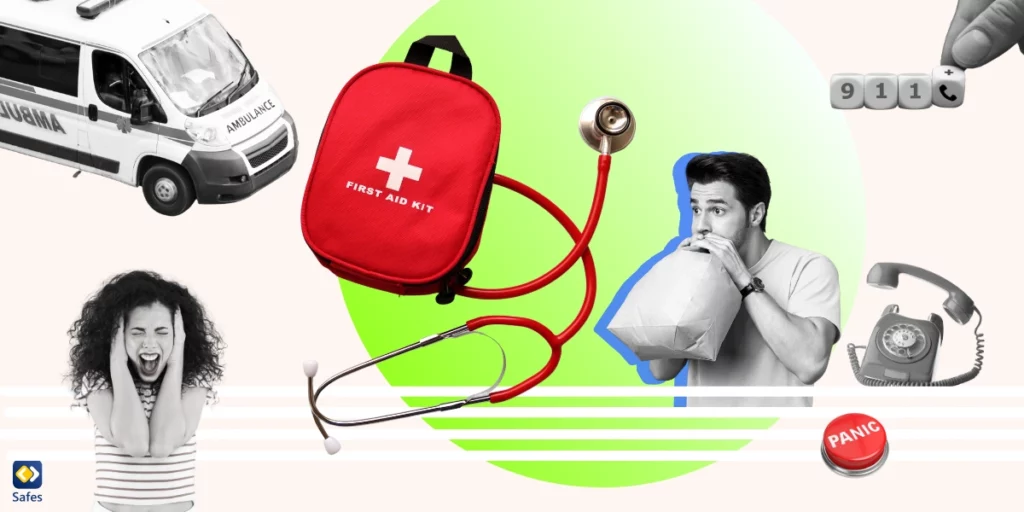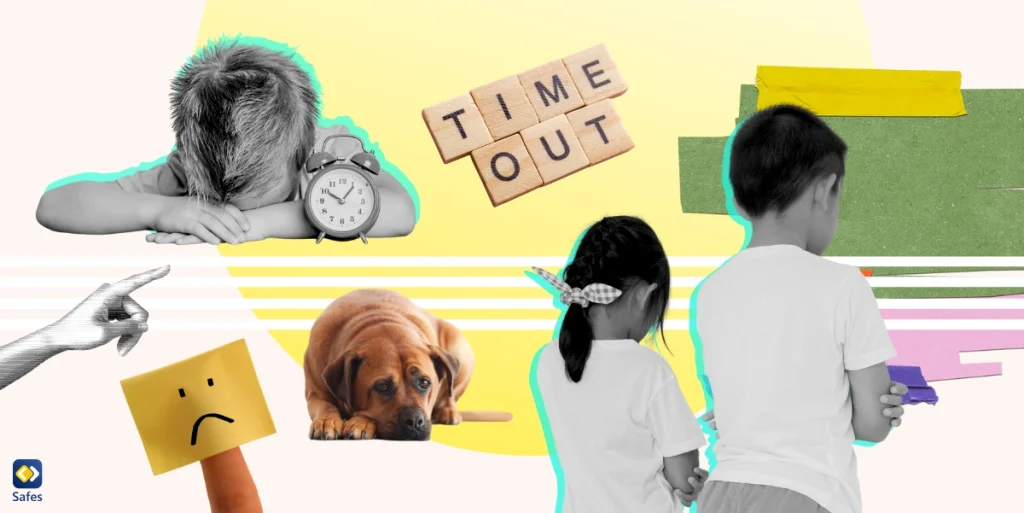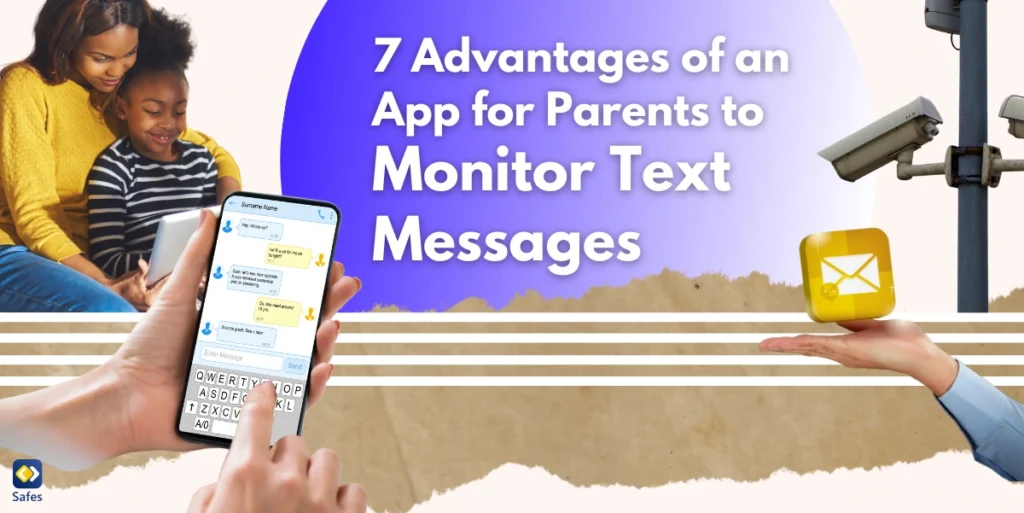Are you prepared for the unexpected? A family emergency plan is a crucial step to ensure your family’s safety during times of crisis. Planning ahead can help reduce the chaos and confusion that often occur during emergencies. In this step-by-step guide, we will walk you through the process of creating a comprehensive family emergency plan. We will cover everything from identifying potential risks to establishing communication protocols and assembling an emergency kit. So, let’s get started on ensuring your family’s safety and security!
Download and Start Your Free Trial of the Safes Parental Control App
Understanding the Need for a Family Emergency Plan
Emergencies can happen at any time and often occur when we least expect them. This unpredictability can make it difficult to know how to react and what to do at the moment. That’s why it’s crucial to ensure the safety and preparedness of your entire family so that everyone knows what to do in case of an emergency.
Having a plan in place can minimize panic and confusion during crisis situations and can help keep everyone safe. So, don’t wait any longer! Make an emergency preparedness plan today to ensure that you and your family are ready for whatever comes your way.

Assessing Potential Risks and Hazards
Common emergencies that you may face include natural disasters like earthquakes, hurricanes, floods, tornadoes, and wildfires. Power outages, medical emergencies, and home fires are also common emergencies.
When evaluating specific risks based on geographical location and local conditions, it’s important to consider any potential natural disasters or extreme weather patterns that are common in your area. You should also consider potential threats related to technology and online safety, such as cyber-attacks, identity theft, or cyberbullying.
So, what should a family emergency plan that suits all hazards include? We’ll discuss that next.
Elements of a Comprehensive Family Emergency Plan
A family emergency communication plan is the bedrock of safety and preparedness. It’s essential to have all the contact information of family members, close friends, and emergency services readily available. But why stop there? A designated meeting place ensures everyone knows where to go in the event of an evacuation.
Consider an out-of-town contact person as well, acting as a communication hub for your family. Make sure they’re located far enough from your area to avoid being affected by the same emergency.
And don’t forget an emergency kit packed with enough food, water, and essential supplies to last at least three days. Medications, important documents, and any unique items your family members may need should also be included.
Remember to review and update your family emergency plan regularly. It’s the key to staying relevant and effective in times of crisis.
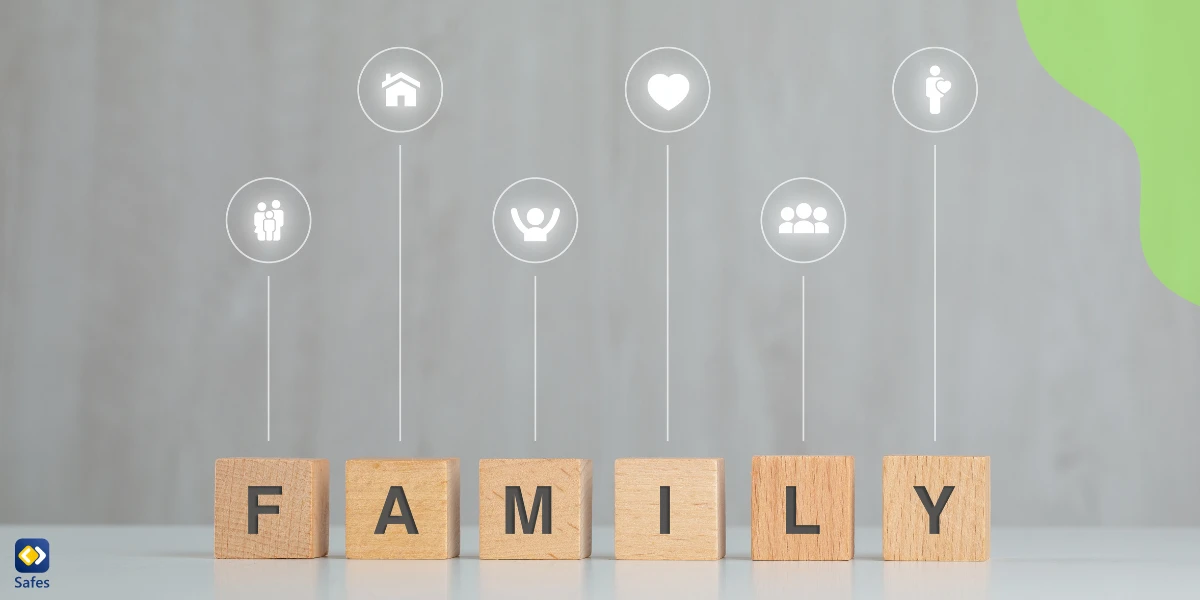
Involving Children in the Planning Process
Involving your children in creating a family emergency plan is super important. Not only will it make them feel more secure during an emergency, but it will also help them learn important life skills. Here are some simple steps for getting your kids involved:
First things first, make sure you have age-appropriate discussions about emergencies. You don’t want to scare your kids, but it’s important to explain to them what an emergency is and how they should respond in different situations.
Teach your children basic safety skills like fire safety and calling for help. Make sure they know how to use emergency tools like a fire extinguisher or a first aid kit.
Finally, practice emergency drills and scenarios with the whole family. Doing this will help your kids understand what to do in different situations and make them feel more prepared if an emergency ever does happen.
Implementing and Reviewing the Family Emergency Plan
Great job! You’ve taken the first step in creating a family emergency plan. But don’t stop there! It’s important to put your plan into action and make any necessary adjustments. So, as we mentioned before, practice your emergency drills and scenarios with your family so that everyone knows what to do in case of an emergency.
But remember, emergencies can happen at any time, so it’s important to regularly review and update your plan based on changing circumstances. Have a family meeting every six months to revisit your plan and make any necessary changes.
Encourage open communication within your family, and make sure everyone feels comfortable asking questions or raising concerns. It’s better to address any issues ahead of time than to be caught off guard during an emergency.
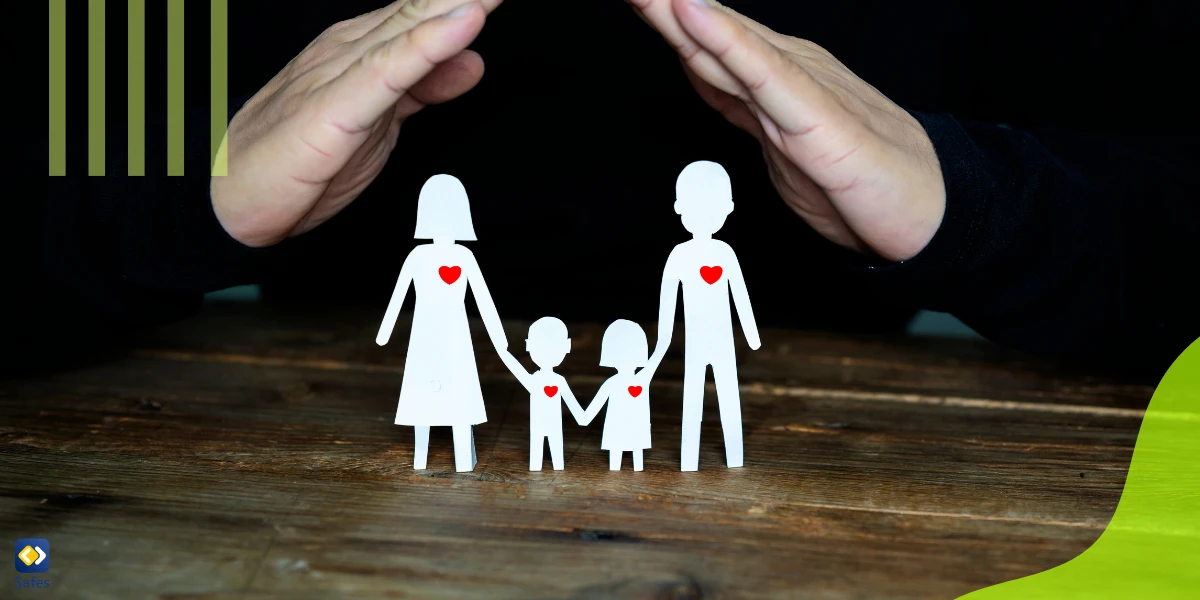
How Can Safes Help Prevent or Manage Emergencies?
The Safes parental control app is a handy tool if you wish to prevent emergencies and keep your kid safe. With this app, you can monitor and control your child’s internet and device use, so you can make sure they’re not visiting any dangerous websites or spending too much time online. Plus, you can set time limits and block inappropriate apps to help them stay focused and productive.
But what about emergencies? Don’t worry; Safes has got you covered. With emergency calls and SMS, you can quickly reach out to your child in case of an emergency. And with geolocation and location tracking, you can always know where your child is and make sure they’re safe. So, if you want to be prepared for any situation and keep your kids safe, give Safes a try with a 14-day free trial!
Safes is available on all platforms, including Android, iOS, Windows, and Mac. Learn more about how to put parental controls using Safes with the links below:
- Windows parental controls
- Macbook parental controls
- Parental controls on Android
- iPhone parental controls
Family Emergency Plan: Conclusion
In conclusion, having a family emergency plan is crucial for every household. As we have discussed, open communication, emergency drills, and preparedness are the key elements of an effective plan. It is important to regularly review and update the plan as circumstances change. In addition, parental control apps like Safes can provide an extra layer of security and peace of mind by preventing emergencies and handling them promptly and efficiently. By implementing these measures and taking proactive steps, you can ensure the safety and well-being of your family in the face of any emergency.
Your Child’s Online Safety Starts Here
Every parent today needs a solution to manage screen time and keep their child safe online.
Without the right tools, digital risks and excessive screen time can impact children's well-being. Safes helps parents set healthy boundaries, monitor activity, and protect kids from online dangers—all with an easy-to-use app.
Take control of your child’s digital world. Learn more about Safes or download the app to start your free trial today!
